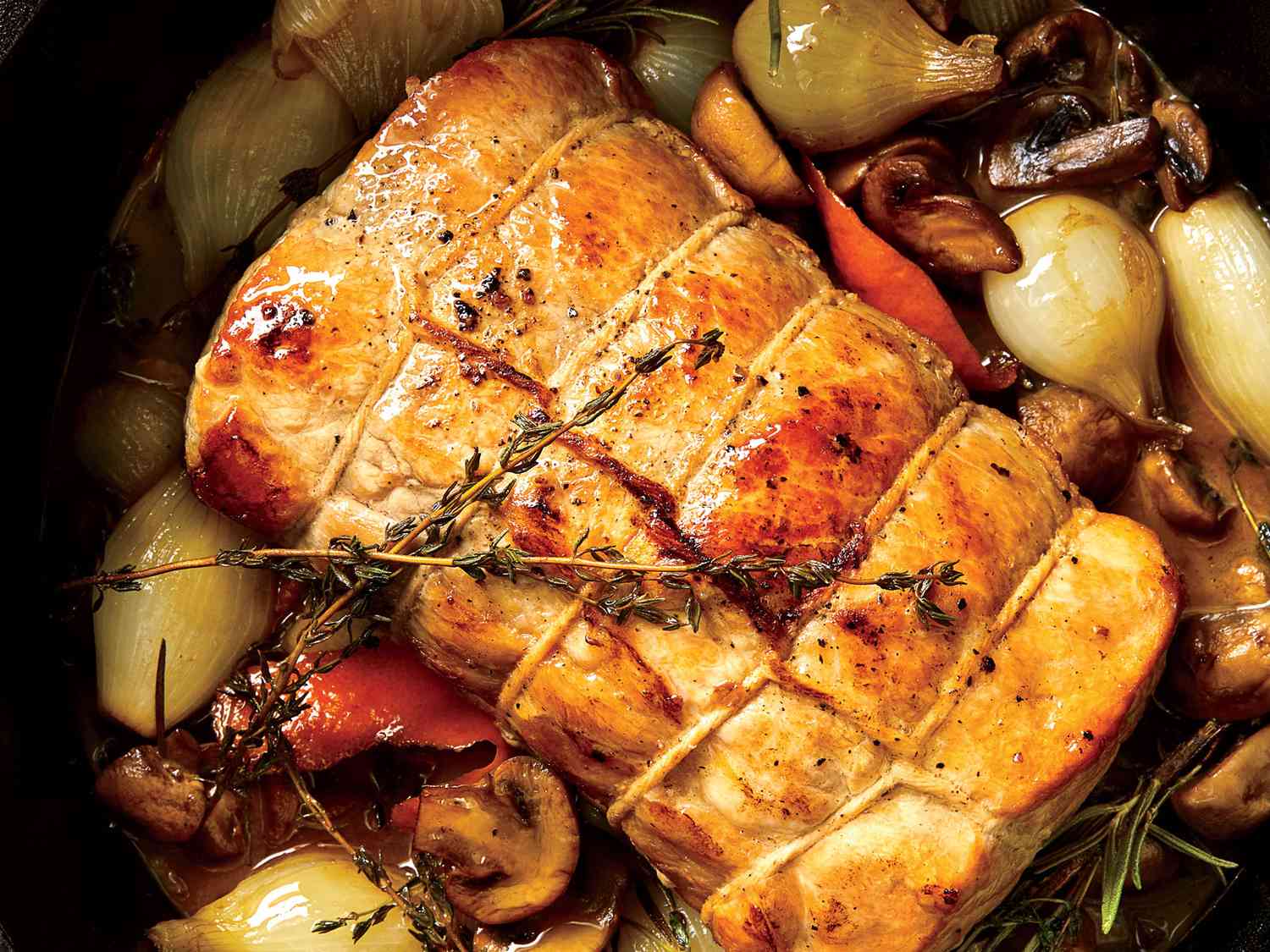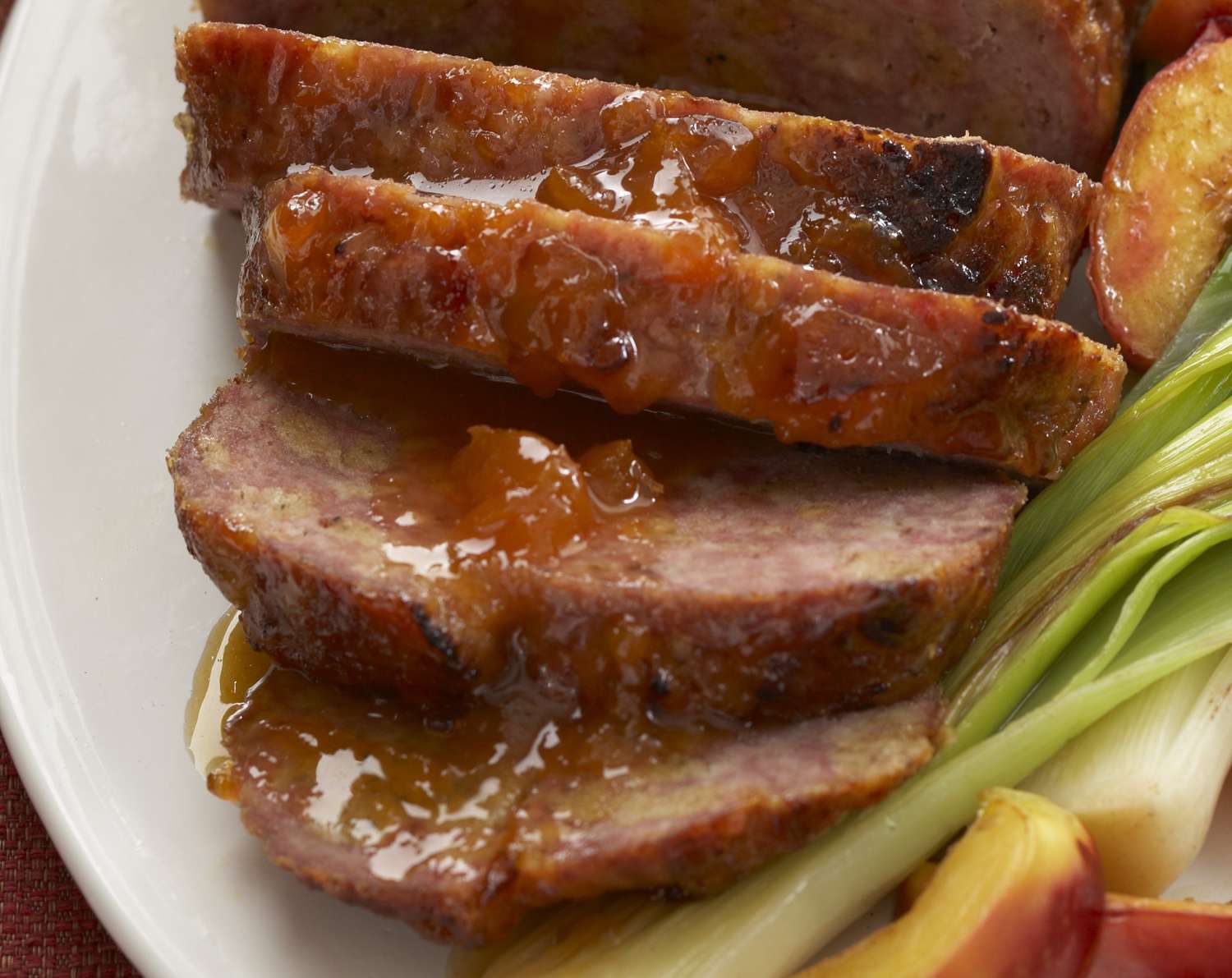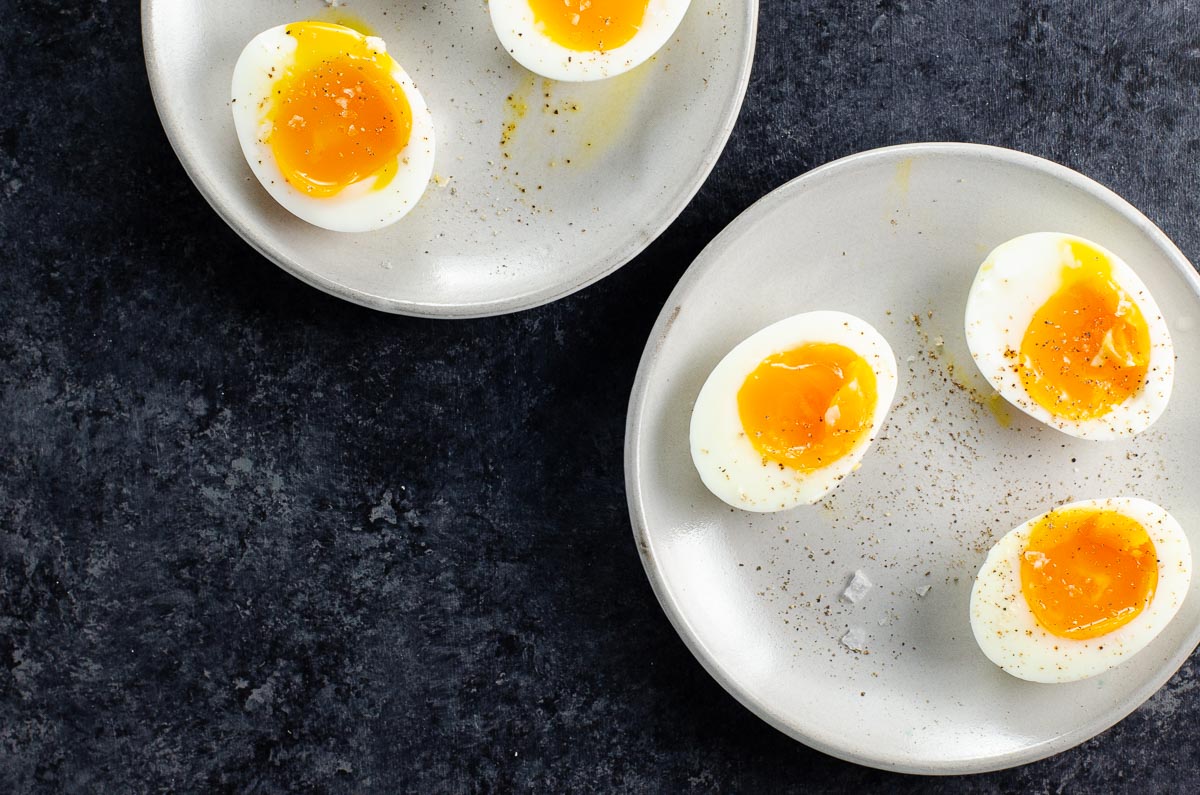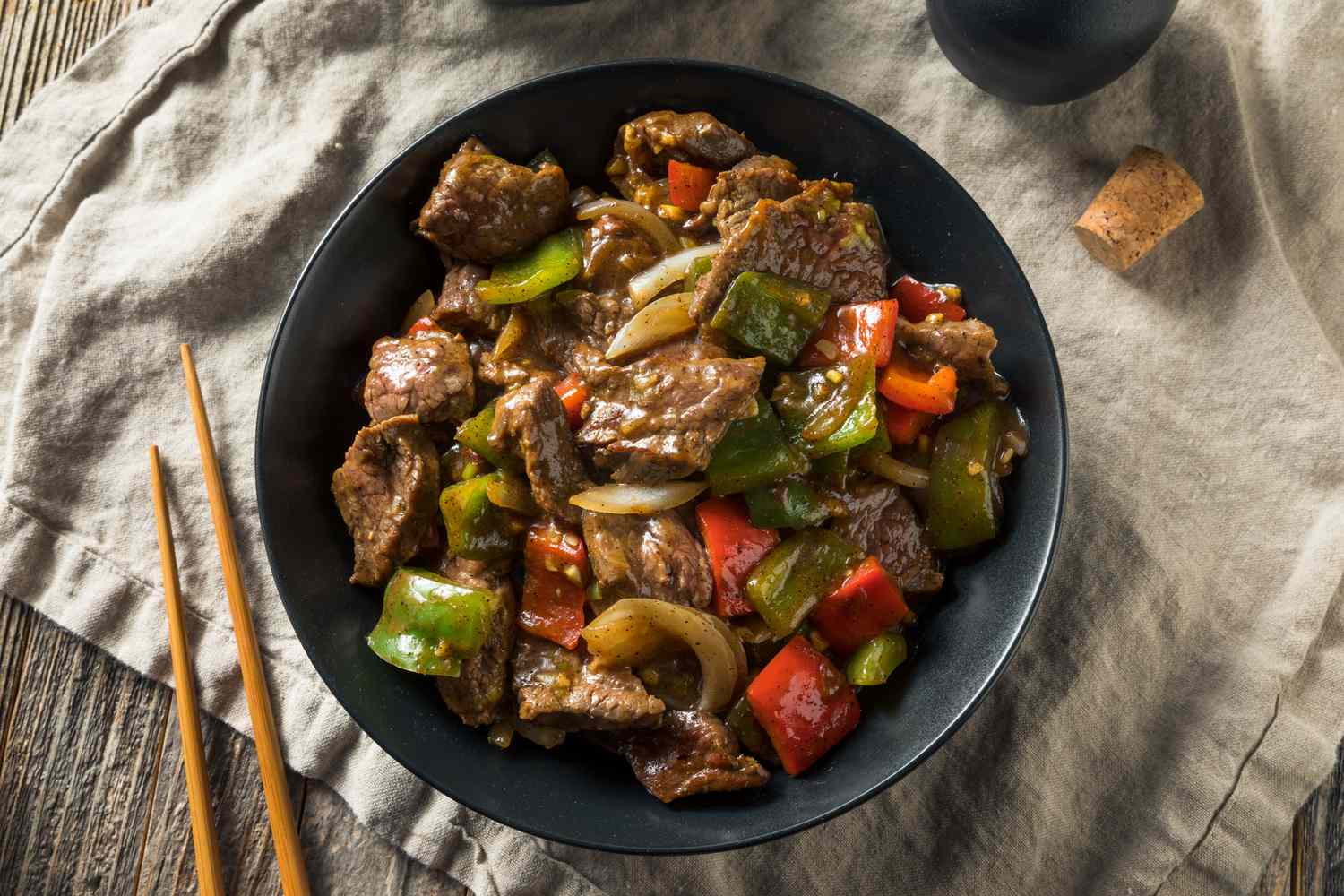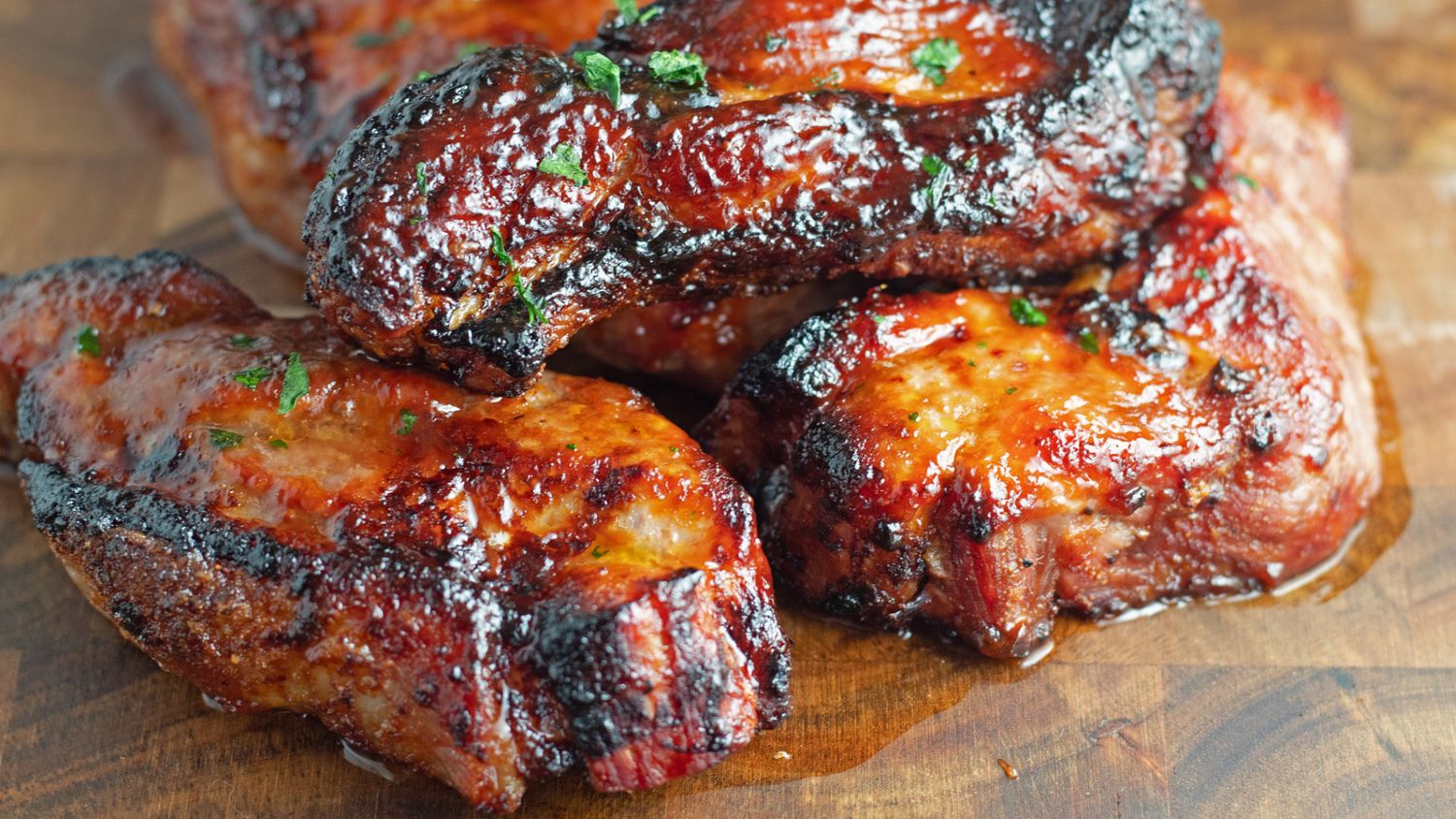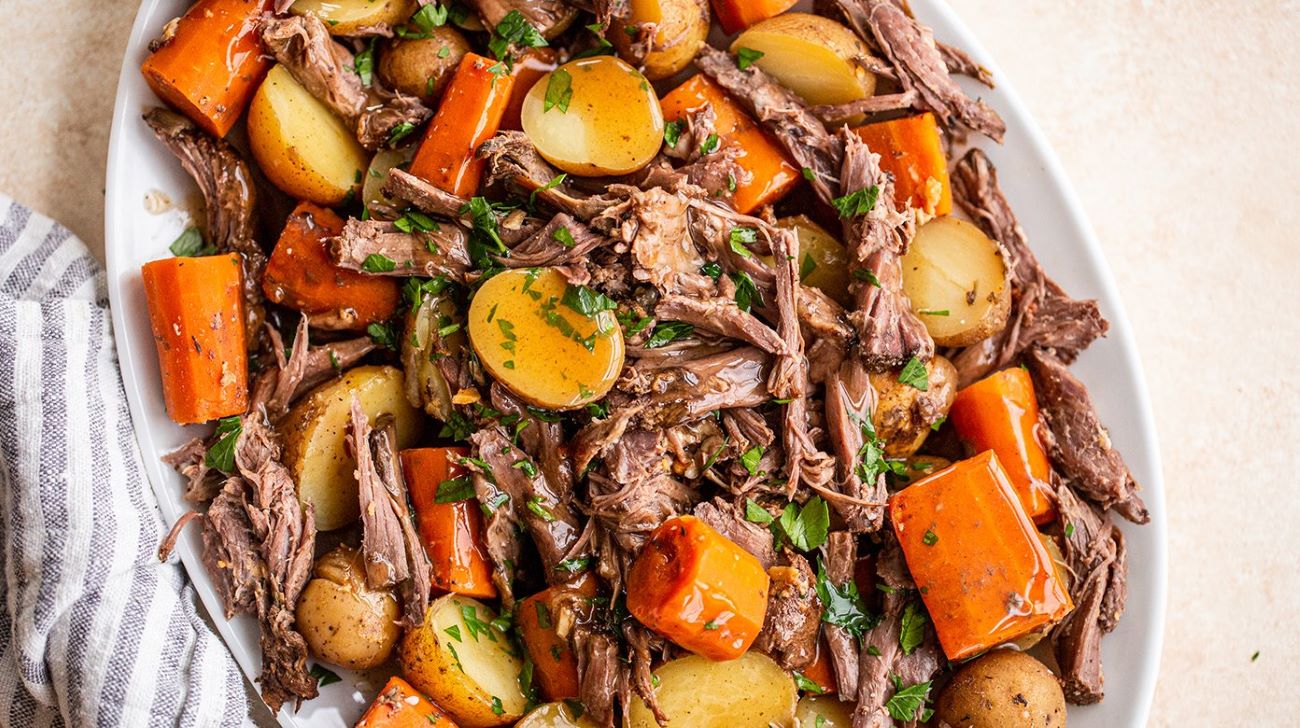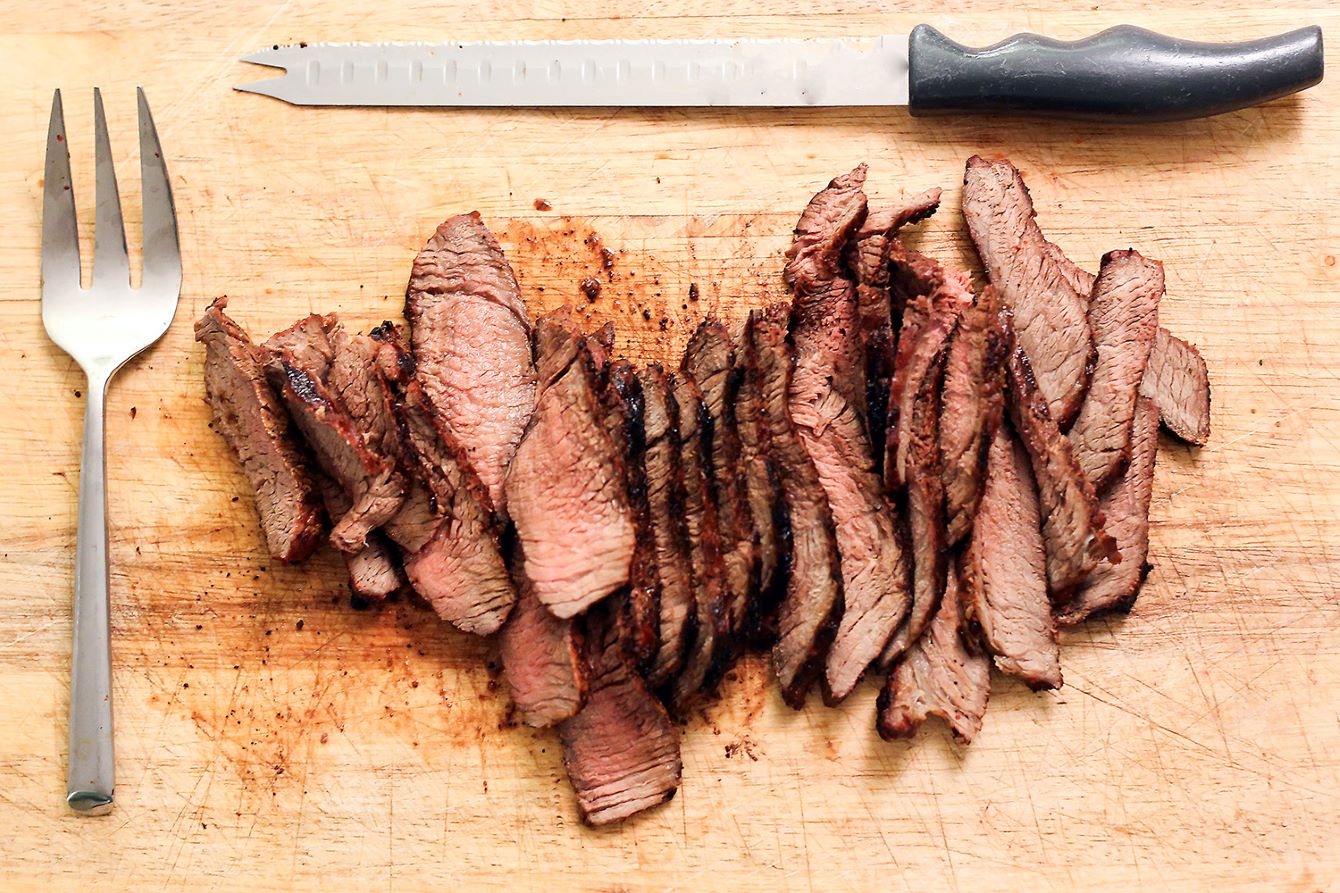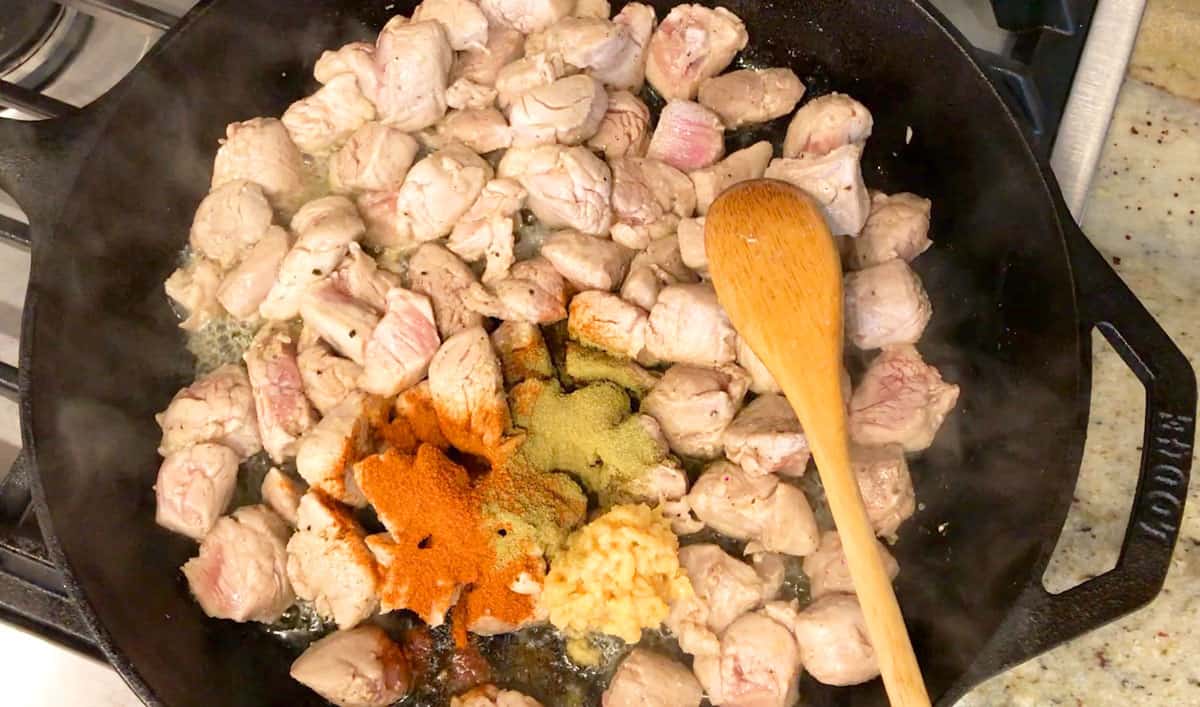A Delicious Guide to Reviving Wilted Spinach
Have you ever opened your refrigerator to find a sad bunch of wilted spinach leaves? Don’t worry, there’s no need to let them go to waste! With a little know-how and some simple ingredients, you can transform wilted spinach into a delicious and nutritious dish. In this blog post, we’ll show you how to revitalize wilted spinach and bring it back to life on your plate.
Why Does Spinach Wilt?
Before we dive into the cooking process, let’s understand why spinach wilts in the first place. Spinach leaves contain a high water content, and exposure to air and moisture causes them to lose their crispness and become limp. This can happen when spinach is stored improperly or left in the refrigerator for too long. But fear not, because wilted spinach can still be salvaged and turned into a mouthwatering meal.
Reviving Wilted Spinach
To begin the revival process, gather the following ingredients:
- Wilted spinach leaves
- Water
- Ice cubes
- A large bowl
Now, let’s get cooking! Follow these simple steps:
- Fill the large bowl with cold water and add a few ice cubes.
- Place the wilted spinach leaves in the bowl and let them soak for about 10-15 minutes. This will help rehydrate the leaves and crisp them up.
- After the soaking time, remove the spinach from the water and give it a gentle squeeze to remove any excess moisture. Be careful not to crush the leaves.
- Now, your spinach is ready to be used in your favorite recipes! Whether you want to sauté it with garlic and olive oil, add it to a refreshing salad, or incorporate it into a flavorful quiche, the possibilities are endless.
Remember, freshly revived spinach won’t have the same texture as fresh spinach, but it will still offer a delicious taste and a boost of nutrients.
Pro Tips for Perfectly Cooked Spinach
Now that you’ve mastered the art of reviving wilted spinach, here are some pro tips to help you achieve the best results when cooking it:
- Season it right: Add a pinch of salt or a squeeze of lemon juice to enhance the flavor of your cooked spinach.
- Don’t overcook: Spinach cooks very quickly, so be sure to keep an eye on it. Overcooking can lead to mushy spinach.
- Combine it with other ingredients: Spinach pairs well with garlic, onions, mushrooms, and even cheese. Get creative and experiment with different flavors.
- Enjoy it fresh: Cooked spinach is best enjoyed immediately after cooking. It may lose its vibrant color and become unappetizing if left sitting for too long.
So there you have it! With these simple steps and tips, you can turn your wilted spinach into a culinary masterpiece. Don’t let those sad leaves go to waste – give them new life and enjoy a tasty and nutritious dish. Happy cooking!
For those looking to practice their wilted spinach cooking skills, there are several recipes that stand out. Try the Garlic Sautéed Spinach for a simple yet flavorful dish that highlights the essence of spinach. For a hearty breakfast, the Spinach and Cheese Omelet is a must-try, offering a creamy and satisfying start to your day. If you're in the mood for a filling dinner, the Spinach and Ricotta Stuffed Shells provide a delicious combination of textures and flavors. Lastly, the Spinach and Artichoke Dip is perfect for a crowd-pleasing appetizer that's both creamy and savory.
Was this page helpful?
Read Next: How To Cook Langostino Tails
